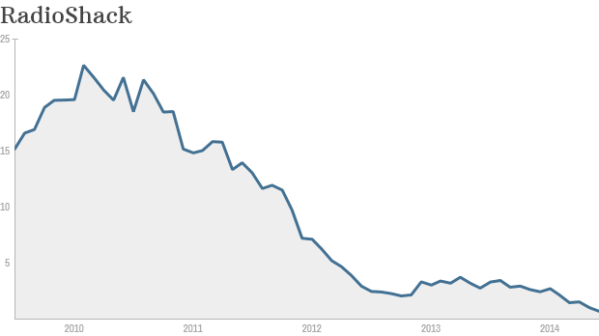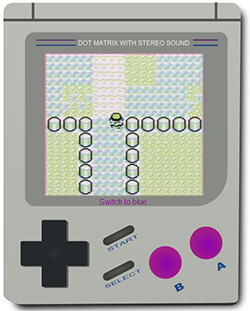
Did you know there’s a rather large community dedicated to making robots that can play soccer? Did you know they’re getting pretty good?
RoboCup is an international robotics competition held annually, first founded in 1997. The goal first and foremost is to promote robotics and AI research — and to do so, they decided to make the competition something that is publicly appealing — Why not one of the most popular sports around? The official goal of the project is to have a team of autonomous humanoid based robot players beat the most recent winning team of the World Cup, complying with the official rules of FIFA. This year, the RoboCup coincided with the real World Cup, and was hosted in Brazil.
There are several categories in RoboCup with various types of robots, and the mid-size team did pretty well this year.
Arguably, this is the most exciting game of all, because it gives a sense of what the current state-of-the-art in robotic soccer is, and how it stacks up to a team of moderately talented squishy bipeds.
We guess that’s a nice way of saying “non-professional soccer players”. Regardless though, they SCORED!
Continue reading “Soccer Playing Robots Score On Human Goalie!”






 Early this year,
Early this year, 










